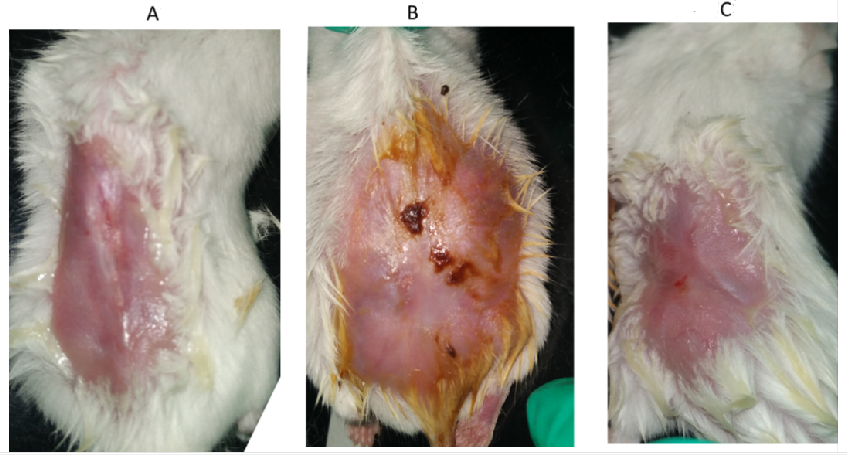Mouse Model for Thermal Injury (TI)
Skin thermal injury ; Thermal burn; Scald
- Product No.DSI591Mu01
- Organism SpeciesMus musculus (Mouse) Same name, Different species.
- Prototype SpeciesHuman
- SourceInduced by burnning
- Model Animal StrainsBalb/c Mice(SPF), healthy, male, age: 4~6weeks, body weight:18g~20g.
- Modeling GroupingRandomly divided into six group: Control group, Model group, Positive drug group and Test drug group.
- Modeling Period4-6 weeks
- Modeling Method1. Burn modeling process:
After the mice were anesthetized, the back hair of the mice was shaved with a hair shaver, and the back hair was removed with sodium sulfide until it was hairless. The limbs and tail of the mice were fixed on the super-clean table, arranged in intervals, and the water-soaked paper with burned area was placed on the back of the mice (2.0cm×3.5cm= 7.0cm2, accounting for 10% of the body surface area). Add ethanol with an eyedropper, soak the skin, light the lighter, start the stopwatch, then turn off the fire with a damp cloth, put the mice back into the cage. A preliminary test is required to determine the appropriate burn time.
2. Post-burn care:
On the day after burn, mice in each group were intraperitoneally injected with 0.3-0.4ml glucose saline and gavaged with 0.2-0.3ml milk on the second day. On the third day, one normal mouse and one burned mouse were sacrificed, and the samples were collected. Treatment methods: Group A and B were applied to the wound, and group C was applied to the wound evenly. Within 7 days after burn, the medicine was administered once every morning and evening, with a thickness of 1mm. Starting from day 8, the drug was administered once a day.
3.Take material:
Mice in group A and GROUP B were sacrificed 2, 7, 14, 30, 45 and 60 days after burn. Before the mice were killed, the changes of body weight and wound surface were recorded (cadaver photographs were taken, as far as possible, from the same Angle for each mouse).
Take material:After anesthesia, blood was collected from the eyeballs of mice, and serum was extracted and stored at -80 degrees. Burn wounds were divided into two parts. One part was stored in formalin for later pathological staining, and the other part was stored in liquid nitrogen rapid freezing at -80 degrees. - ApplicationsDisease Model
- Downloadn/a
- UOM Each case
- FOB
US$ 120
For more details, please contact local distributors!
Model Evaluation
Skin observation:
The wound healing was observed, and the weight change, wound healing time, infection, scar after healing and wound healing rate of the mice were recorded.Cadaver photos were taken, and the Angle of each mouse was the same as far as possible.
Pathological Results
HE staining: Pathological examination and observation of the skin:The burn wound and surrounding skin were removed about 0.5cm, laid flat on filter paper, and then fixed in 10% Formarin. The skin with a width of 3-4 mm was cut longitudinally and transversely. Paraffin sections were prepared with the thickness of 5 μm and stained with hematoxylin-eosin (HE). The sections were observed by microscope and photographed.
Cytokines Level
Statistical Analysis
SPSS software is used for statistical analysis, measurement data to mean ± standard deviation (x ±s), using t test and single factor analysis of variance for group comparison, P<0.05 indicates there was a significant difference, P<0.01 indicates there are very significant differences.
GIVEAWAYS
INCREMENT SERVICES
-
 Tissue/Sections Customized Service
Tissue/Sections Customized Service
-
 Serums Customized Service
Serums Customized Service
-
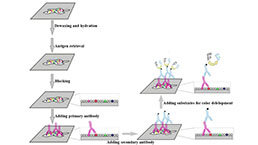 Immunohistochemistry (IHC) Experiment Service
Immunohistochemistry (IHC) Experiment Service
-
 Small Animal In Vivo Imaging Experiment Service
Small Animal In Vivo Imaging Experiment Service
-
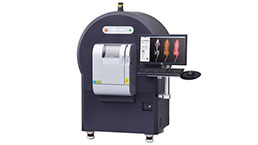 Small Animal Micro CT Imaging Experiment Service
Small Animal Micro CT Imaging Experiment Service
-
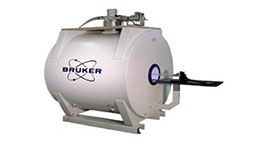 Small Animal MRI Imaging Experiment Service
Small Animal MRI Imaging Experiment Service
-
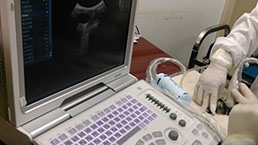 Small Animal Ultrasound Imaging Experiment Service
Small Animal Ultrasound Imaging Experiment Service
-
 Transmission Electron Microscopy (TEM) Experiment Service
Transmission Electron Microscopy (TEM) Experiment Service
-
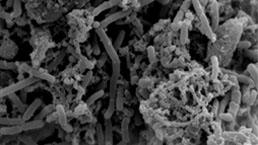 Scanning Electron Microscope (SEM) Experiment Service
Scanning Electron Microscope (SEM) Experiment Service
-
 Learning and Memory Behavioral Experiment Service
Learning and Memory Behavioral Experiment Service
-
 Anxiety and Depression Behavioral Experiment Service
Anxiety and Depression Behavioral Experiment Service
-
 Drug Addiction Behavioral Experiment Service
Drug Addiction Behavioral Experiment Service
-
 Pain Behavioral Experiment Service
Pain Behavioral Experiment Service
-
 Neuropsychiatric Disorder Behavioral Experiment Service
Neuropsychiatric Disorder Behavioral Experiment Service
-
 Fatigue Behavioral Experiment Service
Fatigue Behavioral Experiment Service
-
 Nitric Oxide Assay Kit (A012)
Nitric Oxide Assay Kit (A012)
-
 Nitric Oxide Assay Kit (A013-2)
Nitric Oxide Assay Kit (A013-2)
-
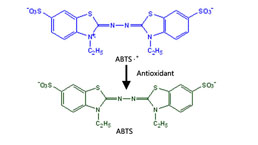 Total Anti-Oxidative Capability Assay Kit(A015-2)
Total Anti-Oxidative Capability Assay Kit(A015-2)
-
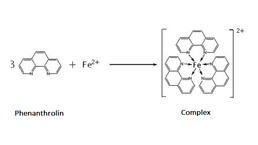 Total Anti-Oxidative Capability Assay Kit (A015-1)
Total Anti-Oxidative Capability Assay Kit (A015-1)
-
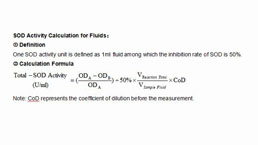 Superoxide Dismutase Assay Kit
Superoxide Dismutase Assay Kit
-
 Fructose Assay Kit (A085)
Fructose Assay Kit (A085)
-
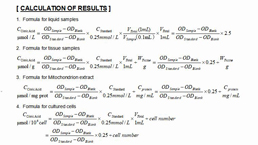 Citric Acid Assay Kit (A128 )
Citric Acid Assay Kit (A128 )
-
 Catalase Assay Kit
Catalase Assay Kit
-
 Malondialdehyde Assay Kit
Malondialdehyde Assay Kit
-
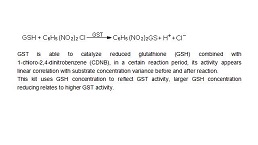 Glutathione S-Transferase Assay Kit
Glutathione S-Transferase Assay Kit
-
 Microscale Reduced Glutathione assay kit
Microscale Reduced Glutathione assay kit
-
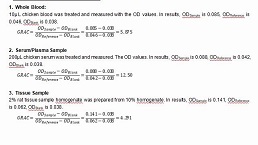 Glutathione Reductase Activity Coefficient Assay Kit
Glutathione Reductase Activity Coefficient Assay Kit
-
 Angiotensin Converting Enzyme Kit
Angiotensin Converting Enzyme Kit
-
 Glutathione Peroxidase (GSH-PX) Assay Kit
Glutathione Peroxidase (GSH-PX) Assay Kit
-
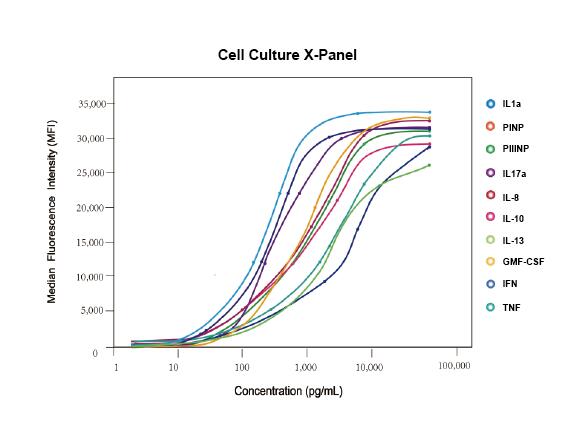 Cloud-Clone Multiplex assay kits
Cloud-Clone Multiplex assay kits
| Catalog No. | Related products for research use of Mus musculus (Mouse) Organism species | Applications (RESEARCH USE ONLY!) |
| DSI591Mu01 | Mouse Model for Thermal Injury (TI) | Disease Model |
| DSI591Mu02 | Mouse Model for Thermal Injury (TI) | n/a |



